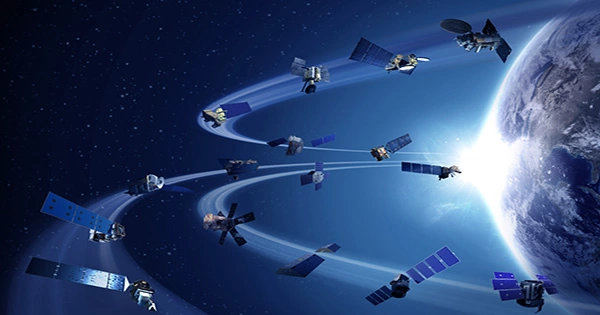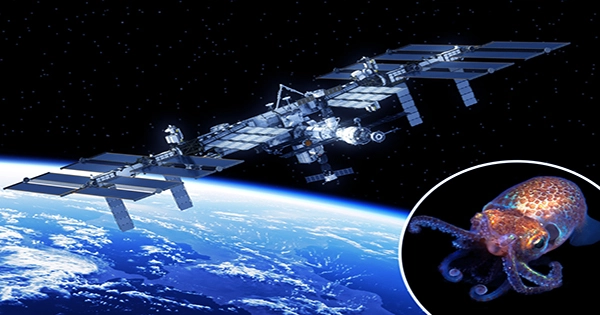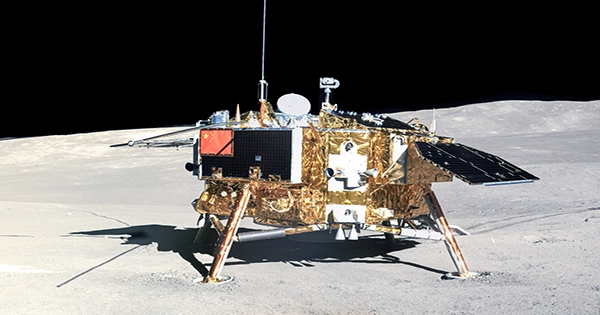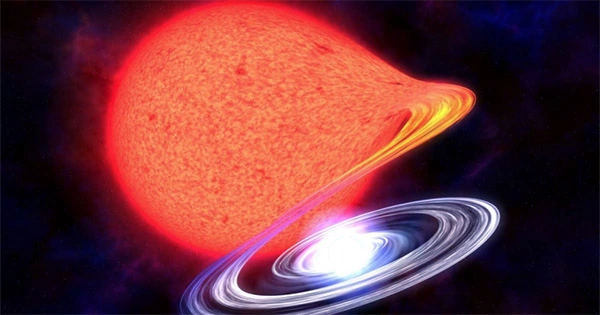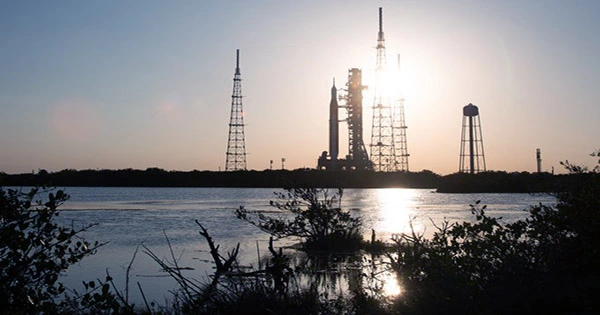SpaceX, led by Elon Musk, has lost up to 40 of the 49 satellites it launched on Thursday. These were supposed to be part of the contentious mega-confederation Starlink, but the Sun had other ideas. The satellites burned down into the atmosphere due to a geomagnetic storm that slammed Earth the day after launch. Because of the increasing level of charged particles from the Sun, geomagnetic storms can be hazardous to electronics.
However, there is a secondary influence at work here. These large-scale space weather phenomena have an impact on the atmosphere as well, changing its density. At our level, the difference isn’t significant, but when you’re hundreds of kilometers above the ground and relying on a very thin environment, it’s a game-changer.
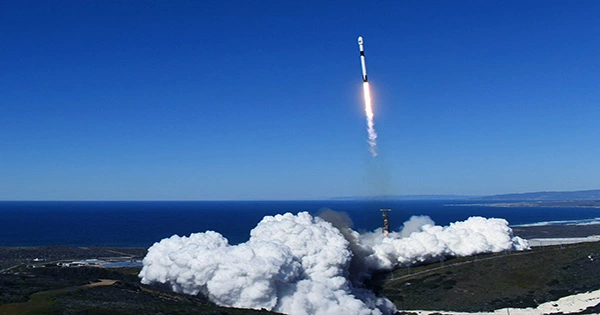
The Starlink satellites are launched into an orbit that brings them as near to the ground as 210 kilometers (130 miles), and then climb to higher orbits. The density of the atmosphere had increased due to the geomagnetic storm, and the satellites began to face 50 percent more drag than expected during this stage of the orbital maneuver. “The Starlink team commanded the satellites into a safe-mode where they would fly edge-on (like a sheet of paper) to minimize drag—effectively “taking cover from the storm”—and continued to work closely with the Space Force’s 18th Space Control Squadron and LeoLabs to provide updates on the satellites based on ground radars,” according to a press statement.
The strong drag prevented up to 80% of the recently launched fleet from leaving safe mode, indicating that the satellites had either already burned out or will soon. They were made in such a way that no part would fall to the earth. Many astronomers have expressed dissatisfaction with the Starlink constellation, claiming that the satellites appear in many observations, lowering the image quality. When it’s finished, the constellation will include 12,000 satellites, and Musk has asked for authorization to add another 30,000. This is a staggering figure that could have far-reaching implications not only for astronomy but also for space travel.
There were 7,389 unique satellites in Space in April of last year, with nearly half of them operating. Two-thirds of the 3,000 or so spaceships belonged to Starlink. Josef Aschbacher, the chairman of the European Space Agency, has warned that Musk is “creating the rules” in space, while China has accused the United States of breaking international treaties. To avoid collisions with Starlink satellites, Tiangong, the Asian country’s space station, had to be shifted twice.
